QE Basic Rigging & Slinging Operator
1.Target Group
The target group for Basic Rigging and Slinging Operator course is personnel who have had little or no training and experience in rigging and lifting
operations and wish to gain a Rigger training certificate by completing the QE-approved Initial Training Course for riggers in the QE operational premises.
2. Delegate Pre-requisites
There are no pre-requisites required for this basic course.
3.Physical and Stressful Demands
Training and/or assessment activities contained within this Standard may include physically demanding and potentially stressful elements. All personnel
who participate in such activities must be physically and mentally capable of participating fully. Therefore, to ensure that prior to participating in practical
exercises, the delegates will be required to undergo medical screening by completing appropriate medical screening form provided by QISC.
4.Aims and Objectives
To provide knowledge and understanding of the competence requirement in line with all QE applicable regulations and other relevant national and
international guidelines, regulations and standards including:
International standard’s Competency requirements for Rigging & Slinging, Crane Banksman / Signaling personnel BS 7121: 1&3 20016 – Code of practice
for safe use of cranes /3 Safe use of Mobile cranes. Safe Use of Lifting Equipment in Offshore facilities.
Lifting Operations and Lifting Equipment Regulations (1998), and QE-REG-Q001 (Rev 4) Lifting Equipment Regulations and how to plan for safe slinging
and rigging operations
5. Learning Outcomes / Assessment Criteria
At the end of the training the delegates must be able to:
1. Explain the role and responsibilities of a rigger;
2. Identify typical installation/site responsible roles;
3. Identify and briefly explain typical roles involved in lifting operations;
4. Describe a typical reporting structure for the rigger;
5. Explain the relevant parts of QE Lifting Equipment Regulations;
6. Explain key control-of-work documents and their purpose;
7. Identify and list typical hazards associated with rigging and lifting activities;
8. Explain correct and safe manual handling techniques;
9. Explain how to check that there is adequate access, work space and lighting within the designated work area;
10.Identify the various types of Personal Protective Equipment (PPE) the Rigger would typically use;
11.Identify which types of lifting equipment to use for different lifting activities, explain their purpose and how to use the equipment;
12.Identify which types of lifting accessories to use for different lifting activities, explain their purpose and how to use the accessories, including taglines;
13.Explain sling angles and sling tension;
14.Explain the purpose of inspections and ‘thorough’ examinations;
15.Explain the load characteristics that affect complexity;
16.Explain the purpose of a risk assessment;
17.Explain the purpose of a lifting plan and how to interpret information from a lifting plan;
18.Identify key criteria of a lifting plan;
19.Conduct a lifting operation working from, and conforming to, detailed criteria contained within a lifting plan;
20.Correctly and safely position and install lifting equipment prior to starting the lifting operation, including positioning of the hook over the centre of gravity
of the load;
21.Correctly establish that the area around the load is clear and that the load is free to be lifted;
22.Explain reasons for informing all relevant parties of impending and ongoing lifting operation;
23.Explain how adverse environmental factors could affect the safety of the lifting operation;
24.Explain how to use identification tags, colour codes to establish SWL and the certification of lifting equipment;
25.Explain and demonstrate load weight identification and methods to determine the weight of the load (loads of unknown weights are not to be lifted);
26.Explain how to identify the safe positioning of personnel involved in lifting operations, and identify and establish escape routes from the work area;
27.Explain the benefit of trial lifting of the load;
28.Explain how to establish load-bearing capabilities of structures and lay-down areas that will be used on the planned route of the load;
29.Explain and demonstrate best practice communication methods and protocols prior to, and during lifting activities, i.e. signalling system (industry and
international best practice);
30.Explain and demonstrate how to conduct lifting equipment pre-use and postuse inspections;
31.Demonstrate progressively ‘inching’ up the load to check the balance and security of the load;
32.Demonstrate cross hauling and transferring loads;
33.Demonstrate rigging up unbalanced loads (loads with an offset centre of gravity);
34.Demonstrate rigging up and lifting loads where there is restricted access to the load and load route path;
35.Demonstrate safe body and hand positions during the rigging and lifting operation;
36.Demonstrate repositioning of lifting equipment during a cross hauling operation;
37.Demonstrate moving the load at minimum height necessary to avoid obstacles, locating and lowering the load to its planned location and position;
38.Demonstrate safe methods of disconnecting the load from the lifting
equipment;
39.Explain and demonstrate how to de-rig, correctly store lifting equipment after use and record any damage to lifting equipment or load;
40.Explain and demonstrate the procedures to follow if lifting equipment or the load is discovered damaged;
41.Explain the reasons for ensuring the worksite is left in a clean and tidy condition;
42.Explain how waste from the lifting operation is properly disposed of
according to relevant legislation and company procedures.
6.Delegate Performance Assessment / Certification / Validity
Delegate Performance Assessment: Delegates will be given a theory test to test their understanding on the knowledge elements of the Modules against
the theory Learning Outcomes. The Test pass mark is 80%.
Delegates will be required to demonstrate various rigging tasks and their
performance in the practical exercises will be evaluated against the practical learning outcomes.
Certification: QE Approved Certification with 4 years validity
7.Instructor & Delegate Ratio
1:12
8.Duration and Timing
3 Days
9.Venue [-Location ]
QISC or client premises
10. For more information
Please contact us direct for availability & costs:
Email: training@madinagulf.com
Tel: +974 4450 1223
Fax: +974 4450 1220
www.qisc.net / www.madinagulf.com
